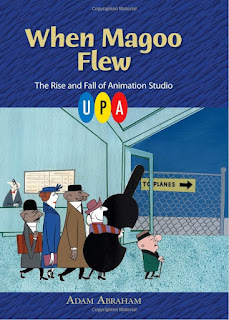Sheridan Industry Day 2012

It's that time of year again. The Sheridan class of 2012 met the industry on April 26. Industry and faculty line up to register Sheridan President Jeff Zabudsky addresses the industry prior to the screening The students set up their areas in the Learning Commons prior to the industry's arrival. After the films are screened, the industry mixes with the students. L to R: Omar Al-Hafidh , Tony Song (way in the background) and Jeremy Bondy . Omar's film, Out of Bounds , is a cautionary tale of child safety. Tony's film, Just Remember Me , features a girl trying to download her late father's essence into a robot. Jeremy's film, Pollen , is a chase with a twist ending. Victor Preto 's film, Theft , uses Flash in a very sophisticated way. Evee Fex-chriszt 's film, The Terrible Bandit , shows off her masterful drawing and animation skills. Garth Laidlaw 's film, Finally , anticipates the zombie apocalypse. Kirsten Whitely animated the opening for her T


